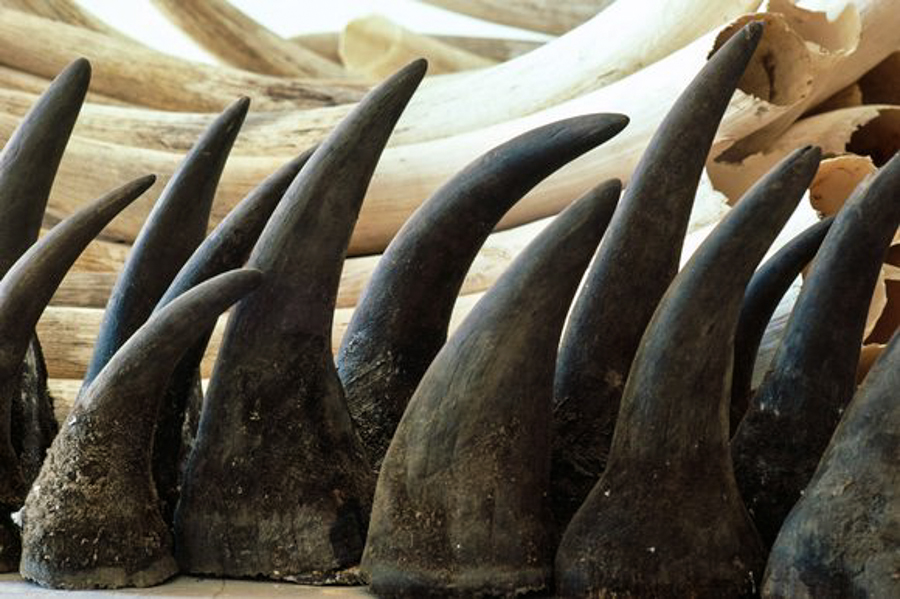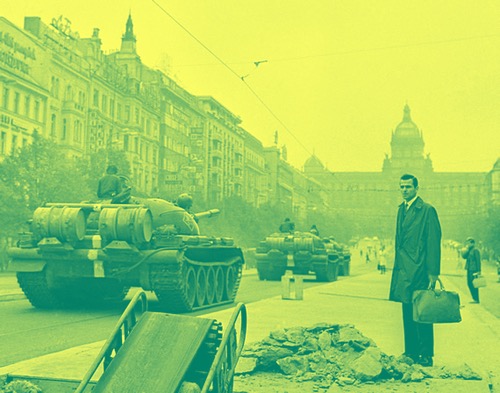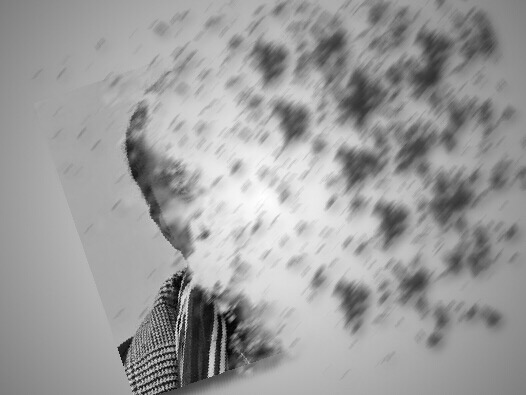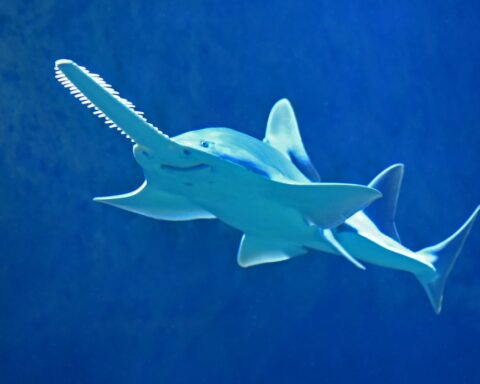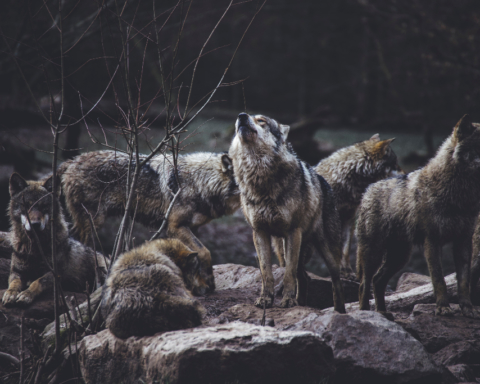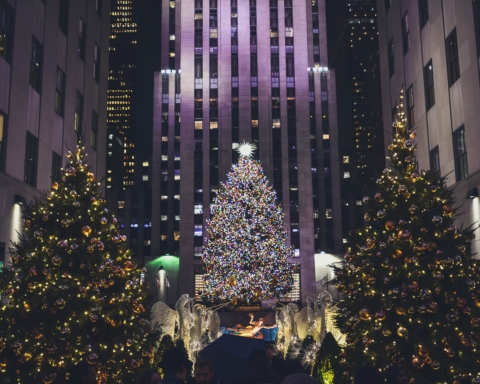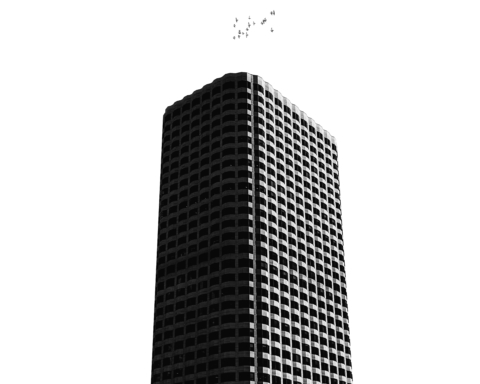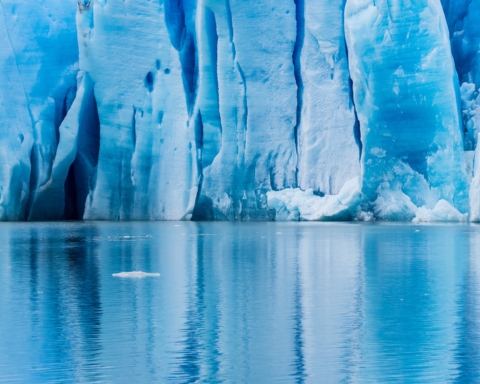I.
In this picture,
he is still surrounded by males
but of the two-legged persuasion
dark-skinned, uniformed for the bush,
thin-skinned with guns at the ready
Rhinos are killed for medicine
that’s never worked for thousands
of years, but they keep on trying
anyway, with the old ways,
now that some of them can afford
even the finer points of bribery
to prove its worth and
they won’t ever leave him
until he drops
or when he is finally betrayed
for both or one
of his regrown horns
by one or both guards
With his horn sawed off,
is he tamer?
Or is he just
being?
He cannot disappear in
the folds of his own skin
Called white and Northern,
we will never know
what they call themselves,
or who he was
in the time before he was captured
His groans, snorts and whines
and his pawing still escape
literal interpretation, but at times
we understand in that wordless, blundering way
humans have with animals
and then, we don’t.
Our name for him, though,
is forever a sound
that he acknowledges
no matter the tone
he will respond.
In this last picture,
his large eyes are looking out and
I think, even out beyond these men,
past the photographer,
his very nostrils sorrowing
it seems, at all that space
and no one else shares
that certain musk
He long lost his mother
thus, losing the herd
that would have raised him,
found him all the choice grazing
and watering holes and wallows,
and eventually, learning scent and savoring ardor,
naturally courting females
By now he’s tired, and he may not even know
how anymore with a female
so he’s getting help from
what they call the Petri dish;
he has had daughters in the past,
not sons, but they may be able
to alter even that in the lab
these modern animal lovers,
and like a middle-aged gourmand
he prefers alfalfa, and not the wild grasses
drier now, and of weird flavor
from which he was first nourished.
He is a living, walking trophy, the only one left,
of a troop of cousins, uncles and brothers
who long ago became fodder
their bones whitening in the sun
their flesh unrecoverable
even as meat for villagers
Their skin long turned
into whips and scourges for uprisings
and rebellions, their heads decorating
even walls here in America
proofs at once
of flaunting and suppression
II.
I’ve seen Hatari,
more than just an old moving relic
with John Wayne acting his white hunter thing,
directed by Howard Hawks,
a real white hunter, doing
his next to last movie not about women
but trapping African animals for
circuses and zoos. And I remember
the moment the rhino, cut not far from the herd
bashed the Jeep or was it the Range Rover
with the trappers on the hood
and behind the wheel trying to slip
the noose around or over
its neck, the rhino zig-zagging—
one of its short legs could be stuffed
and made into a table—galloping ahead
and then beside the snare
Then, the sun shone so bright on
the action-packed thrills and chills,
learning how to be white men with old John Wayne,
that fossil, and as ever the wrong model,
even with independence looming
and empire dying, they came
now they still come to prey and capture
as if the herds were still plentiful
and still belonged to them at any price.
The sons and daughters of the rich,
derisive of any rule, careless of boundaries,
so long as it is thinly paid for
their smiles like knives bright and flashing,
dead into the cameras’ eyes
their exploits shared onto Facebook
and Twitter back home
where everyone else in the world sees them
outraged, the hunters’ small feet Lilliput
on their big heads or necks, celebrating
their canned hunt, the quarry
who could not outrun
being corralled
before high-powered guns
with infrared sights—
the night always betraying them
And we here who fund
the sanctuaries,
the animal rights committees,
we the descendants, the guilty,
the latest inheritors of empire
have long lost our craze for buffalo
heads, tongues and hides, but not until millions
that were worshiped like gods
stretched out onto several states
were brought down and left to rot
in the prairie sun, and when there were few left
using their very bones for fertilizer
in the depleted soil.
We put them in zoos
and parks for our amusement,
had them standing on concrete,
throwing insults or even poison at them
if they resembled someone we loathed,
if they didn’t do what we expected,
as if shooting them was not enough,
and then we resurrected them,
made sure that they calved and ate
even better than the Natives that represented
the other side of our coins, shown
as they once looked—strong, unconquered
–after the land, stripped of its thin loam,
and the vegetation that survived there,
refused to give up its new fruits, when
we could not move on to the next frontier,
harvesting dust.
We brought them back slowly, painfully,
like the eagles and the condors,
shamed into counting our losses,
choosing to save them, even if they were ugly,
because gone would really mean gone
because if we called ourselves conquerors of the land,
no matter the flower, the insect, or the hoof
or the skin color, that land
does not know deeds, banks, or barbed wire,
it is never empty or subdued
or plowed over
it tries to atone, to balance
what is now out of balance,
if we do not it remembers
it recalls the disappeared
from the smallest flower
to the largest bird,
what is missing
when the sun beats down
at 150 degrees and we thirst and burn,
and when the clouds hold back their grief,
and we hunger and scatter like seeds
that will never open.
The land remembers
the ghosts that walked with Sudan and the buffalo
where once their heavy step was
unexacting, and the land returns
only shadows
In an end we can only imagine
and yet always seem to seek
the land will have its way over us
when there is nothing
and no one left
to hold us up
2015-2017
Gabrielle Daniels is a writer whose work has appeared in magazines like Sable and The Kenyon Review. She was a recipient of a Ludwig Vogelstein Foundation Grant in 2004 and the 2005-2006 Carl Djerassi Fiction Fellow at the Wisconsin Institute for Creative Writing, University of Wisconsin. She has been resident at Yaddo, VCCA, and the Headlands Center for the Arts. Her work will be featured in “Writers Who Love Too Much: New Narrative Writing 1977-1997,” edited by Dodie Bellamy and Kevin Killian.

